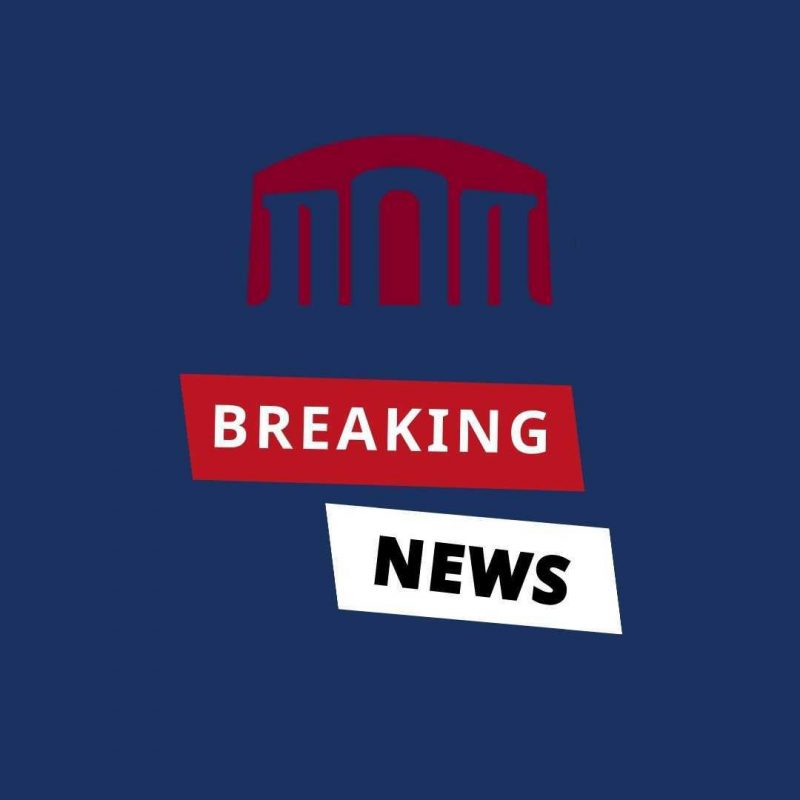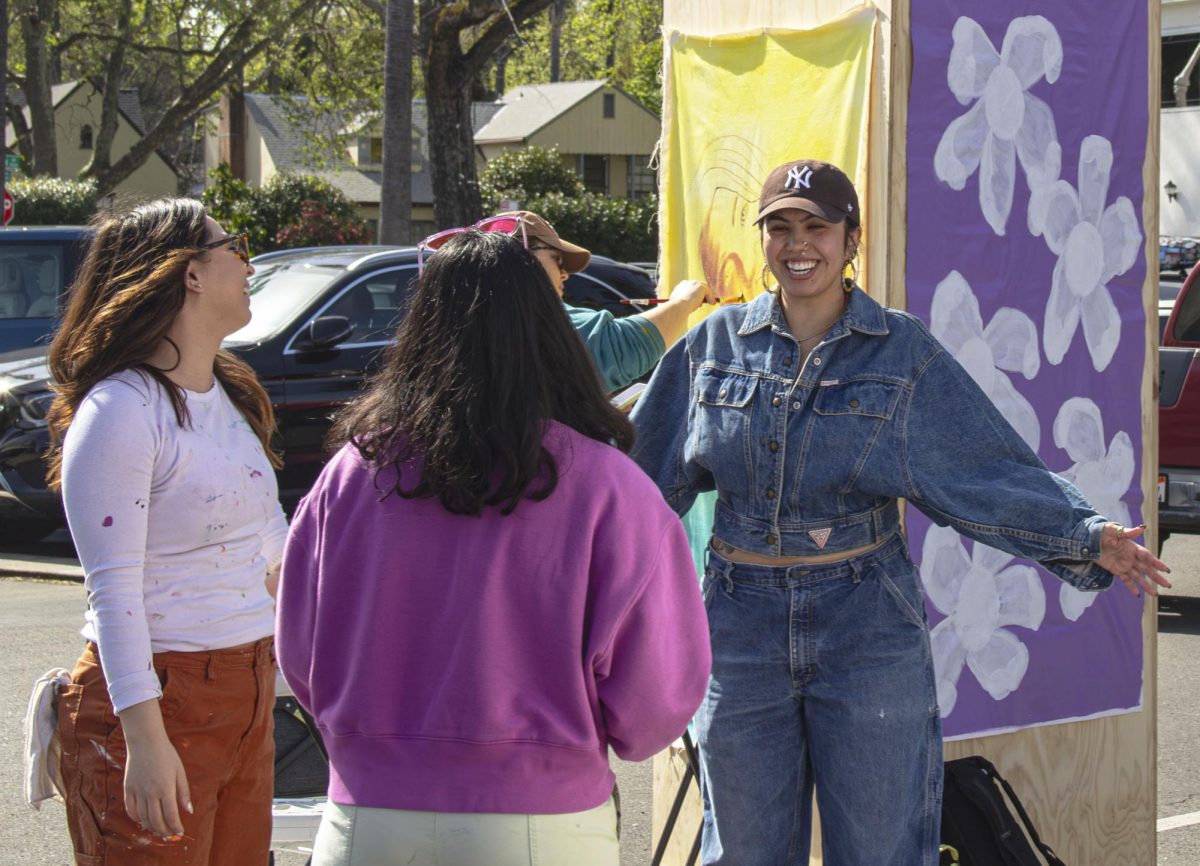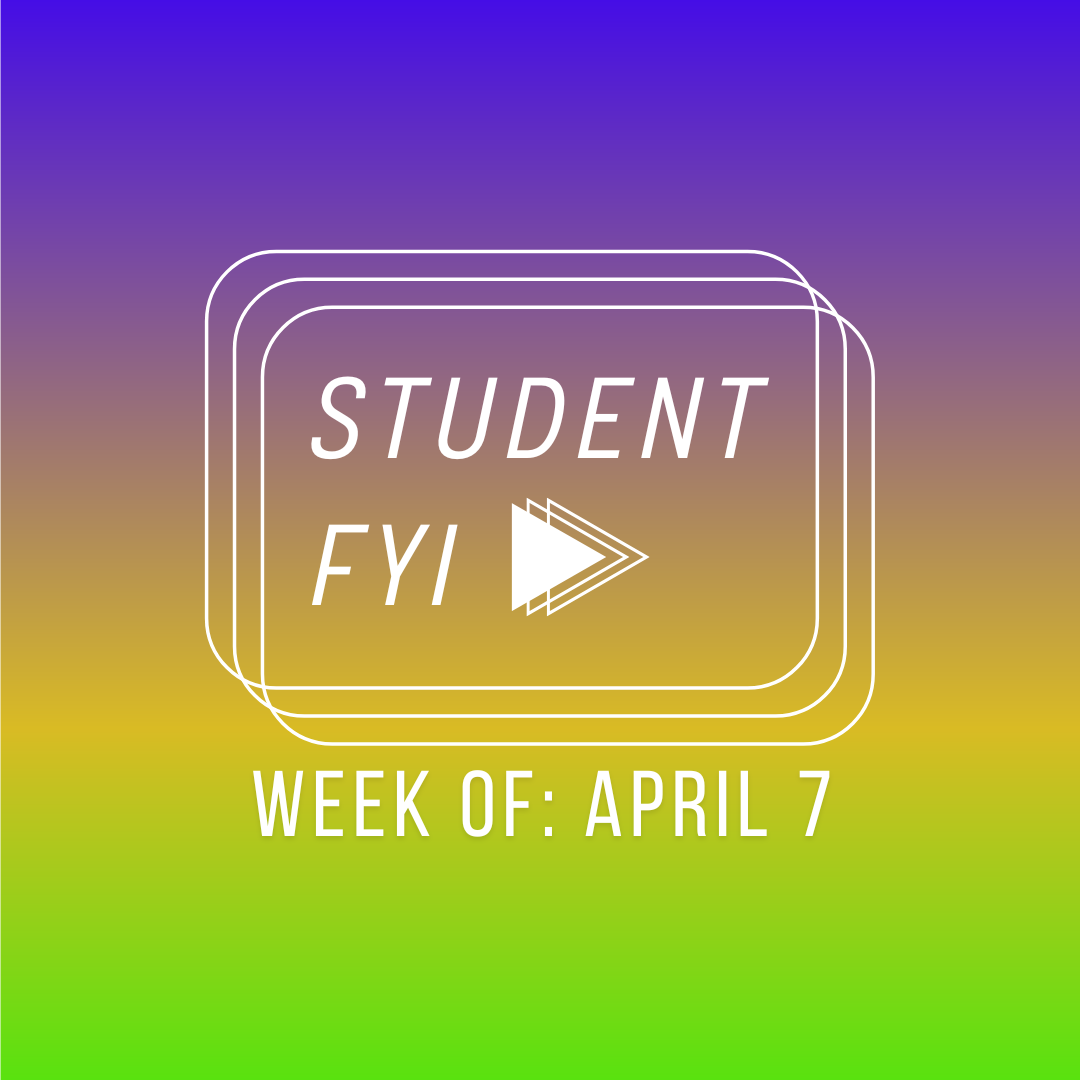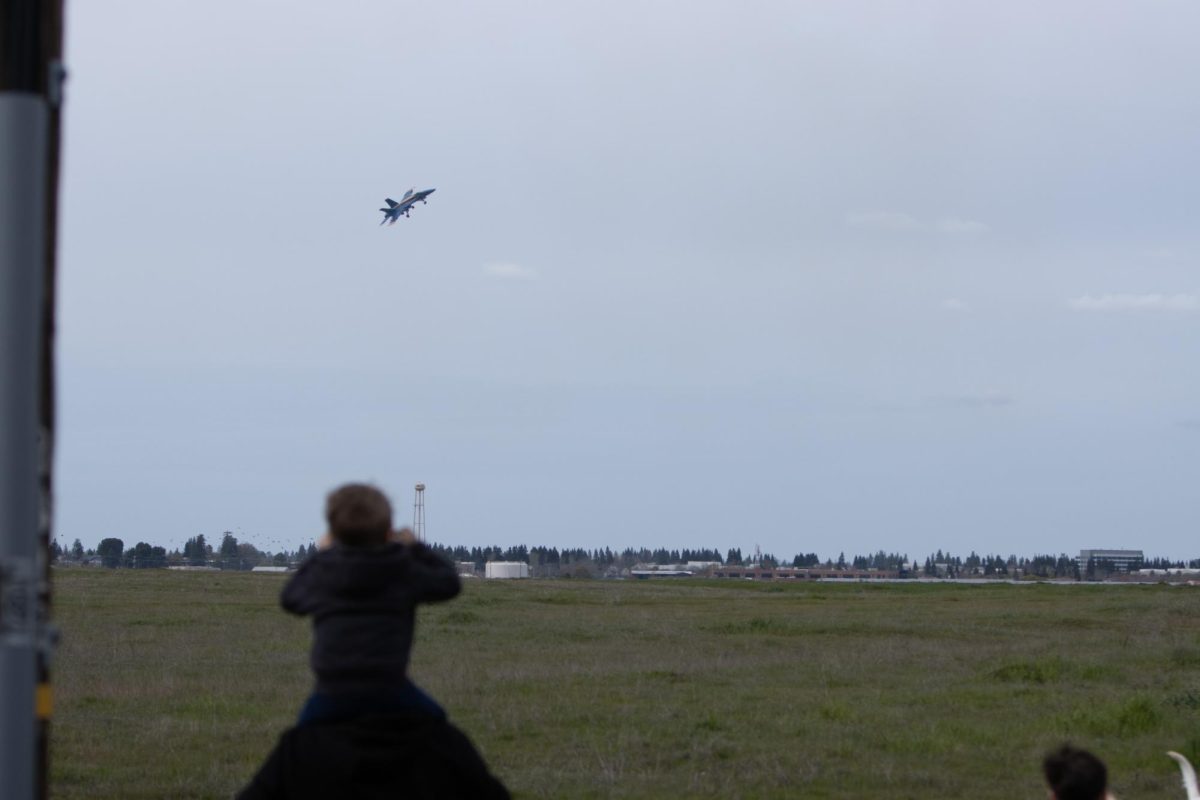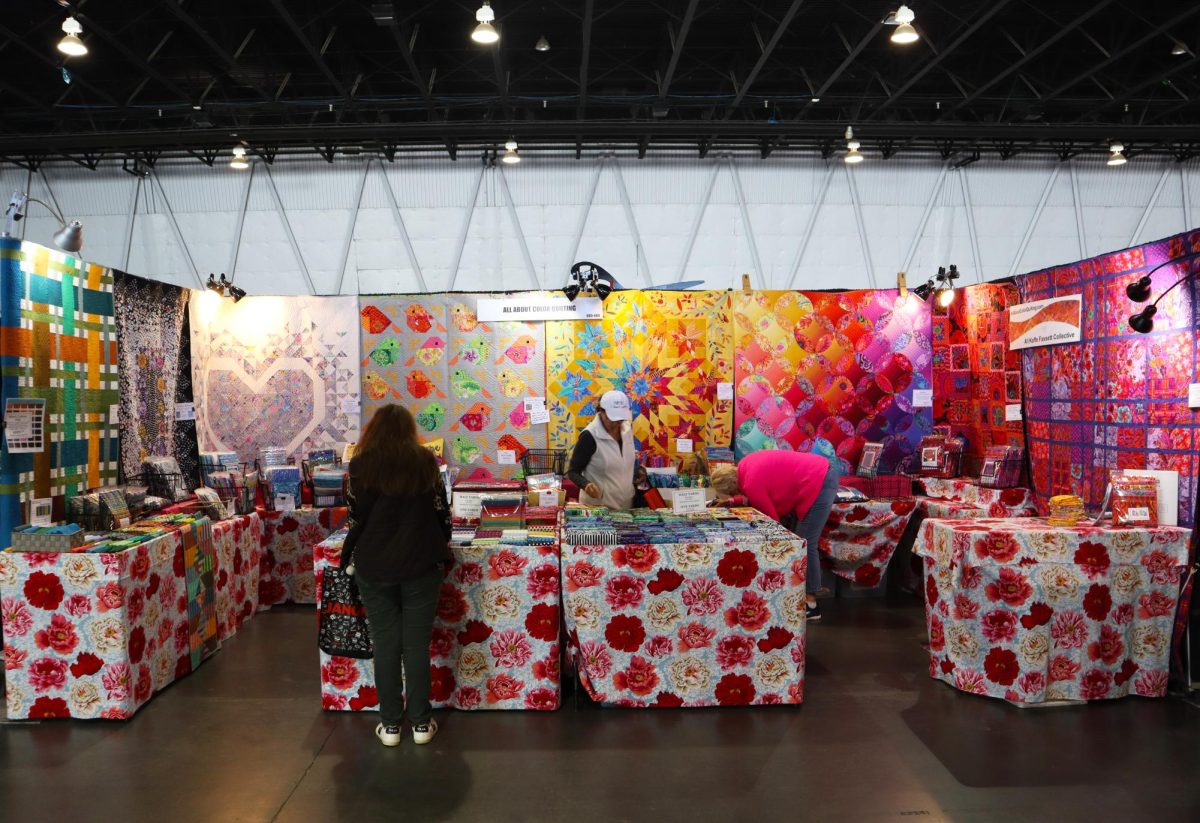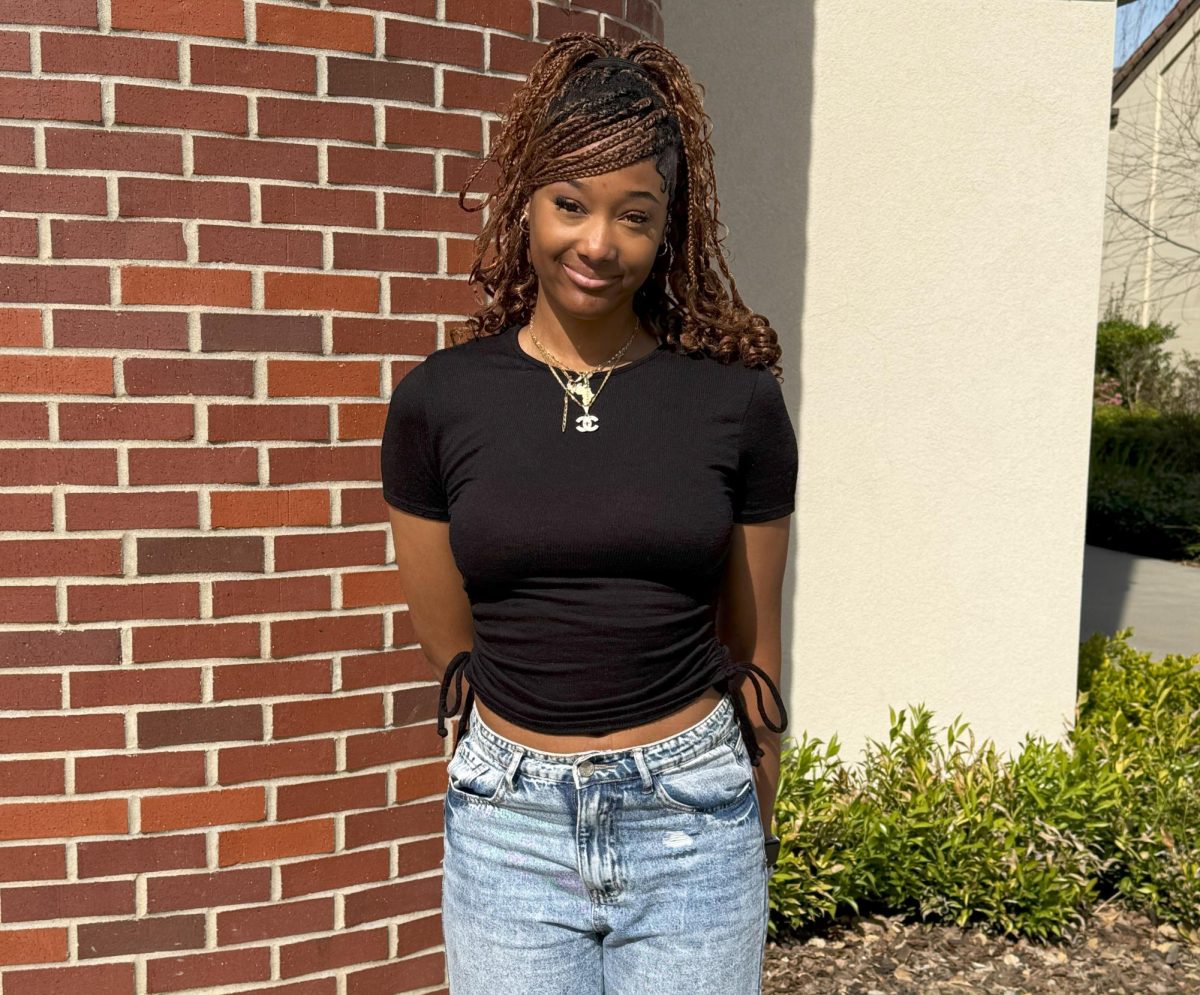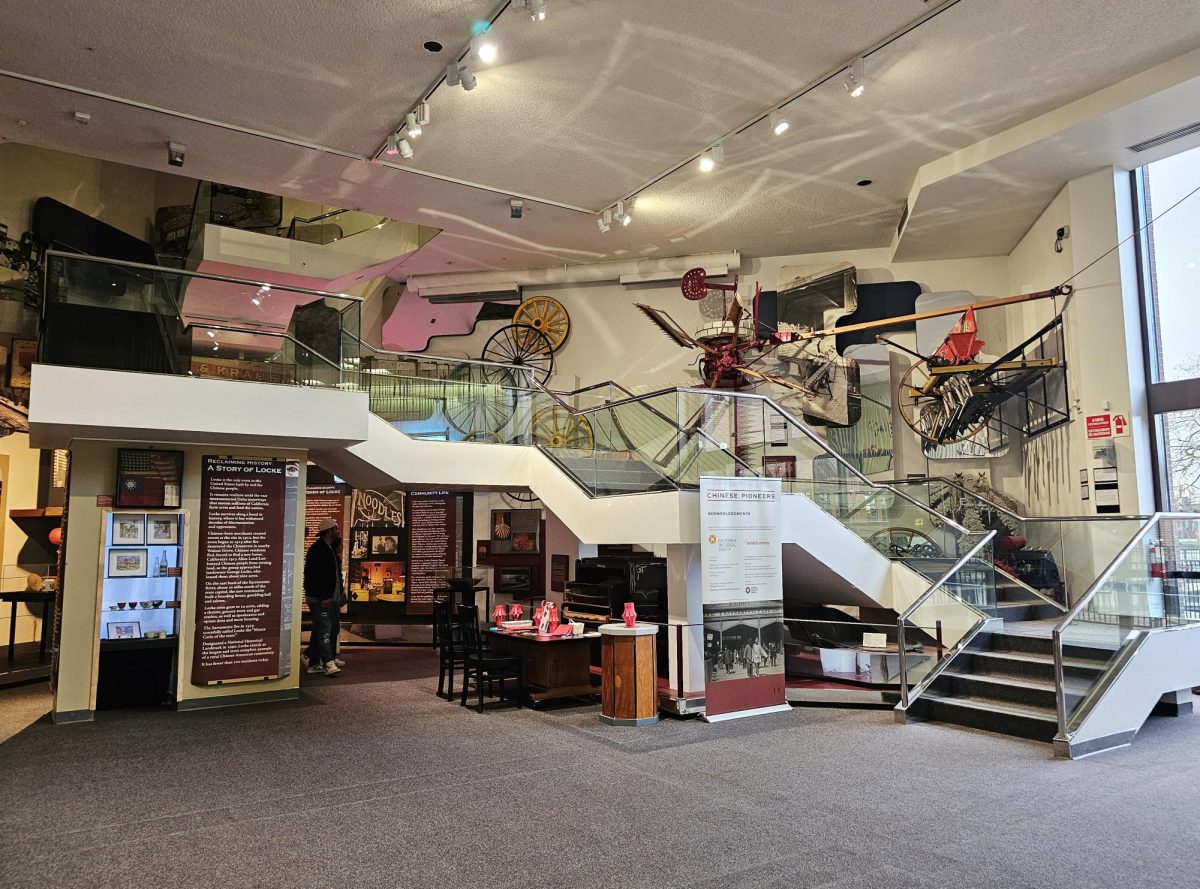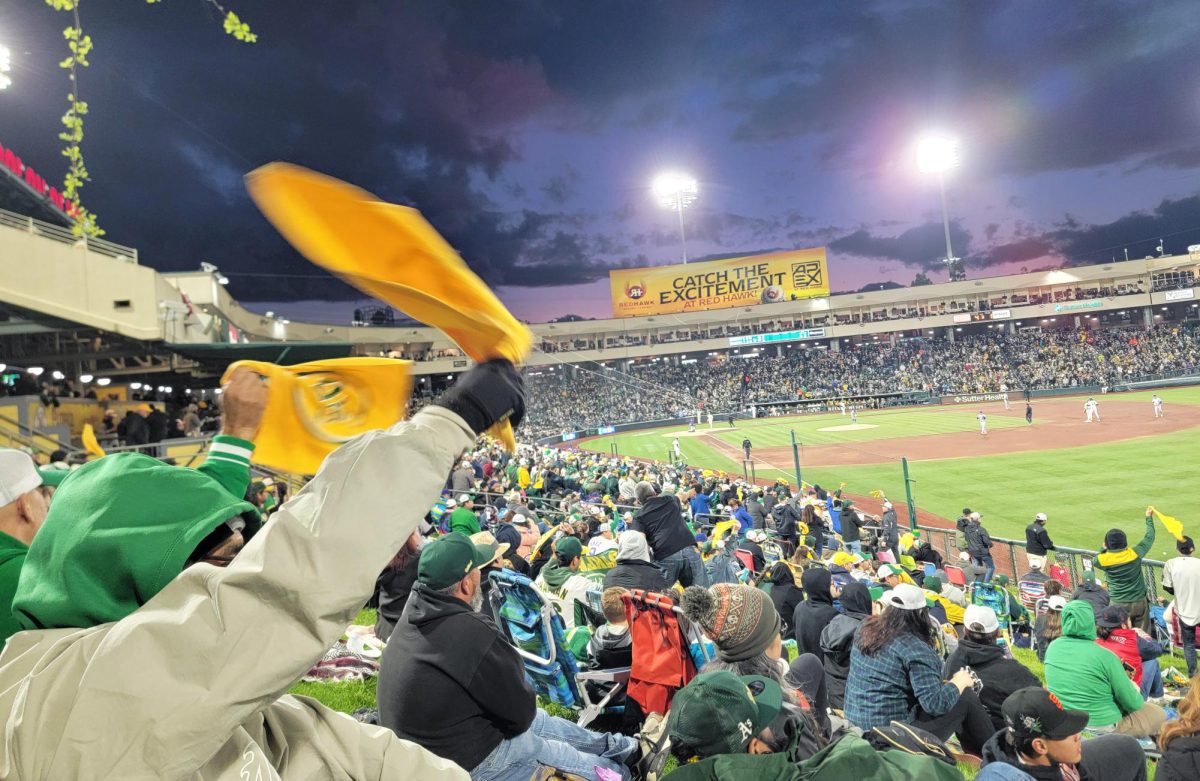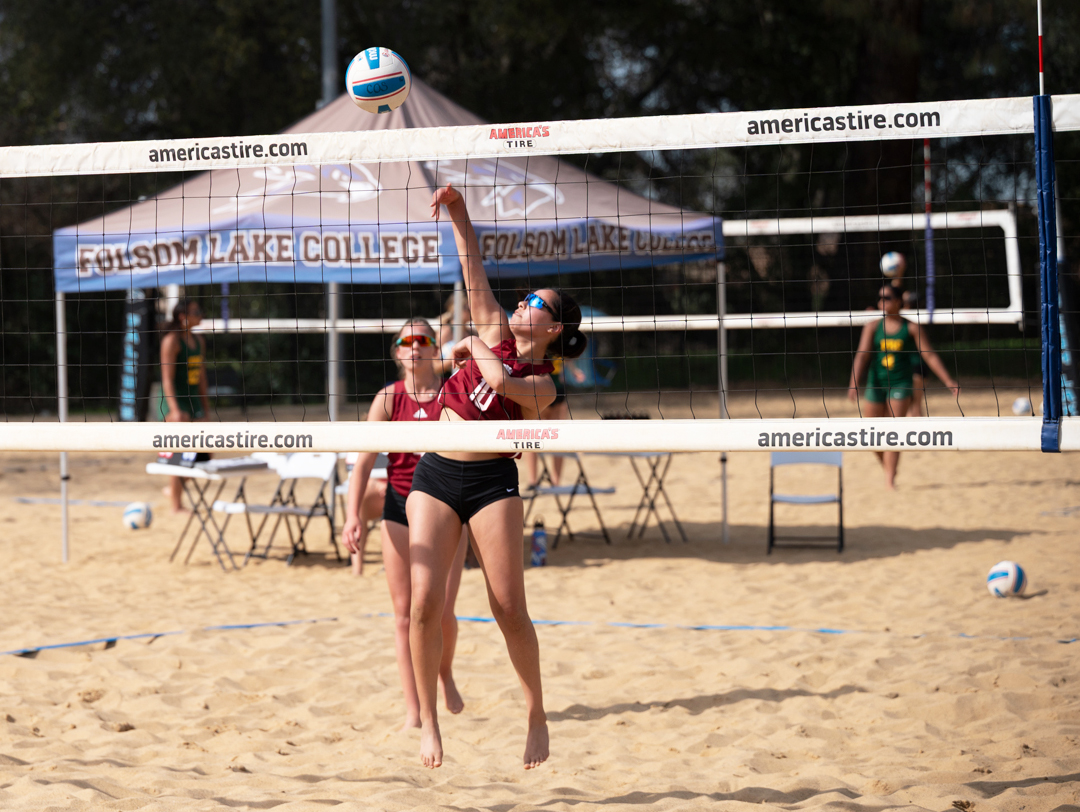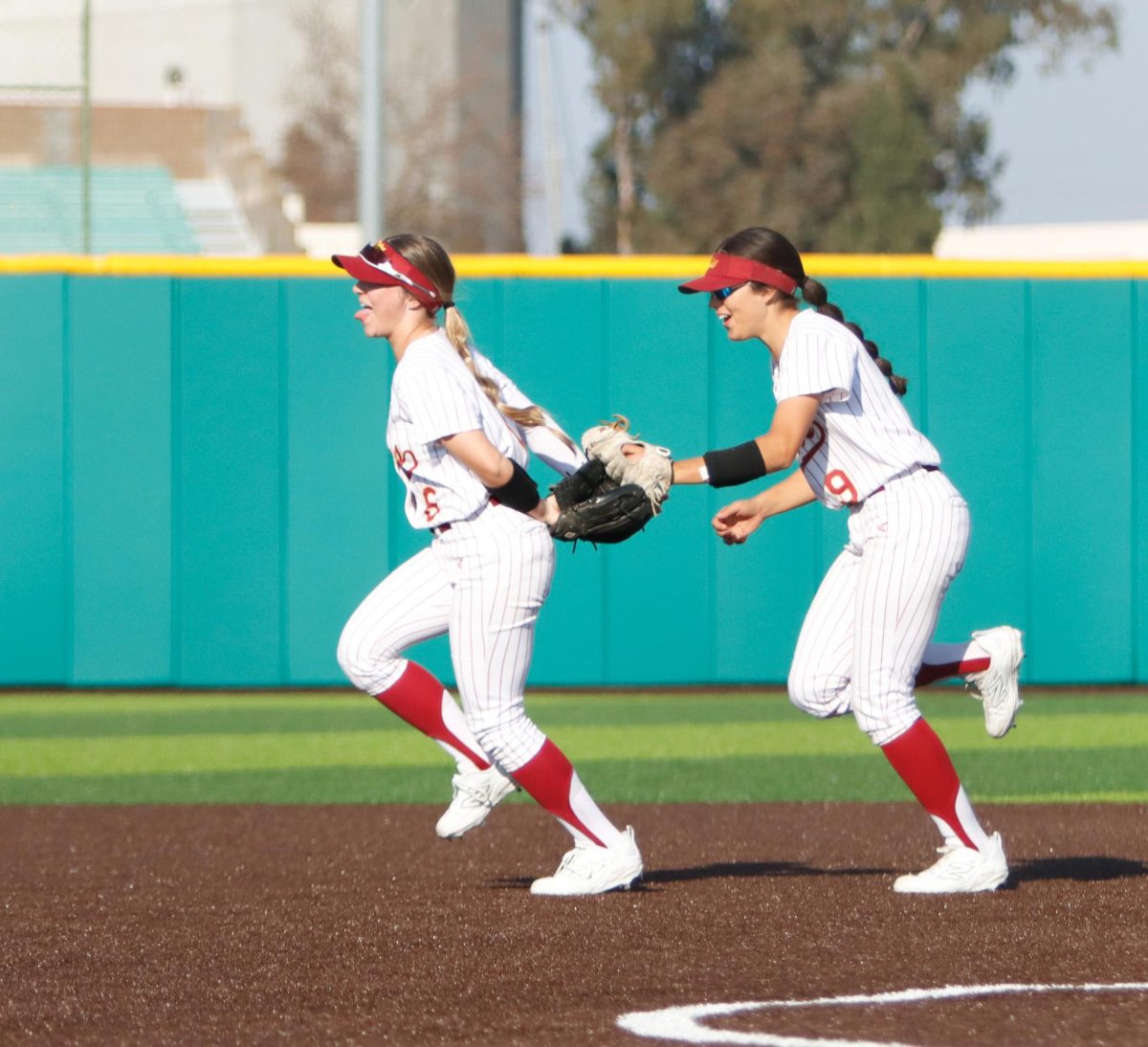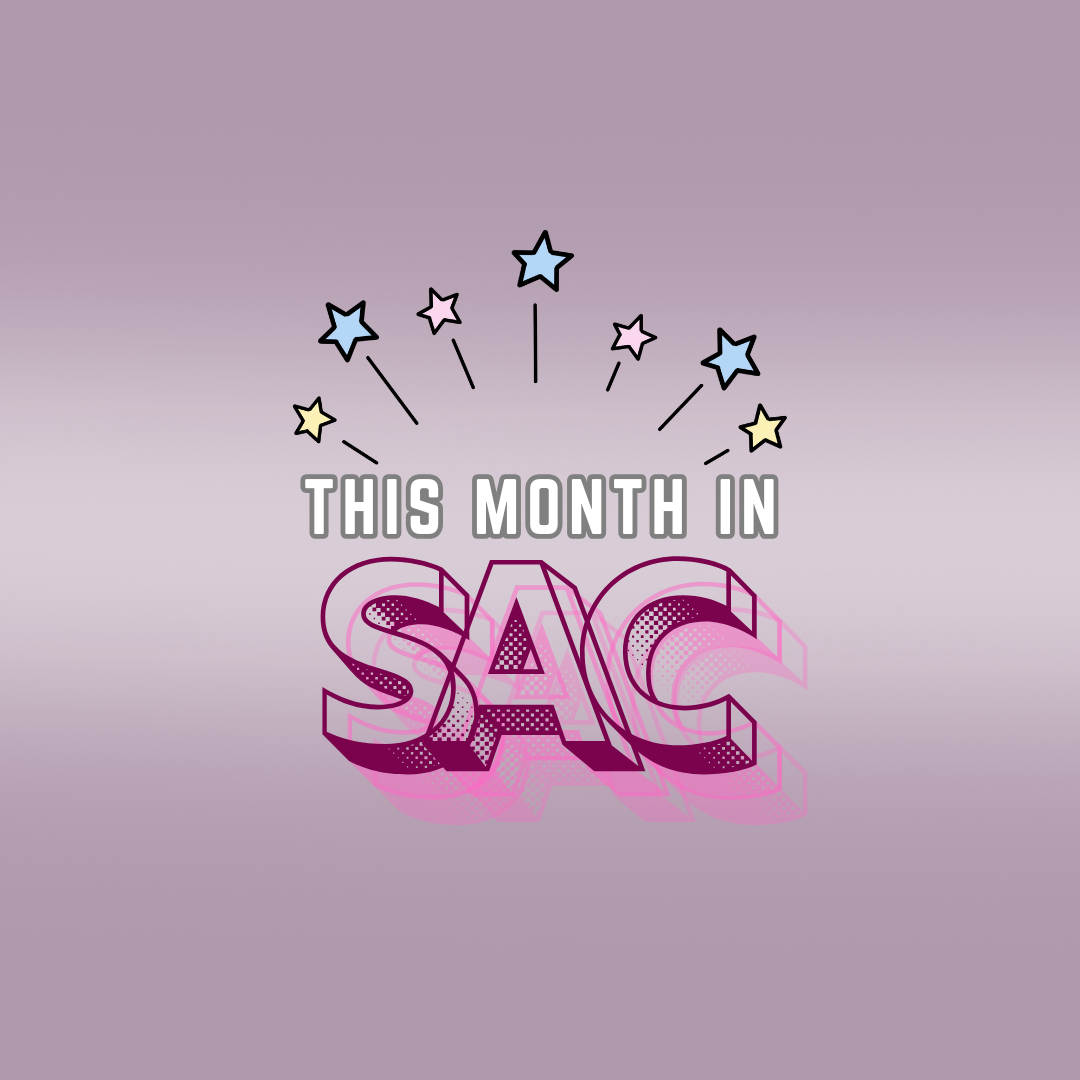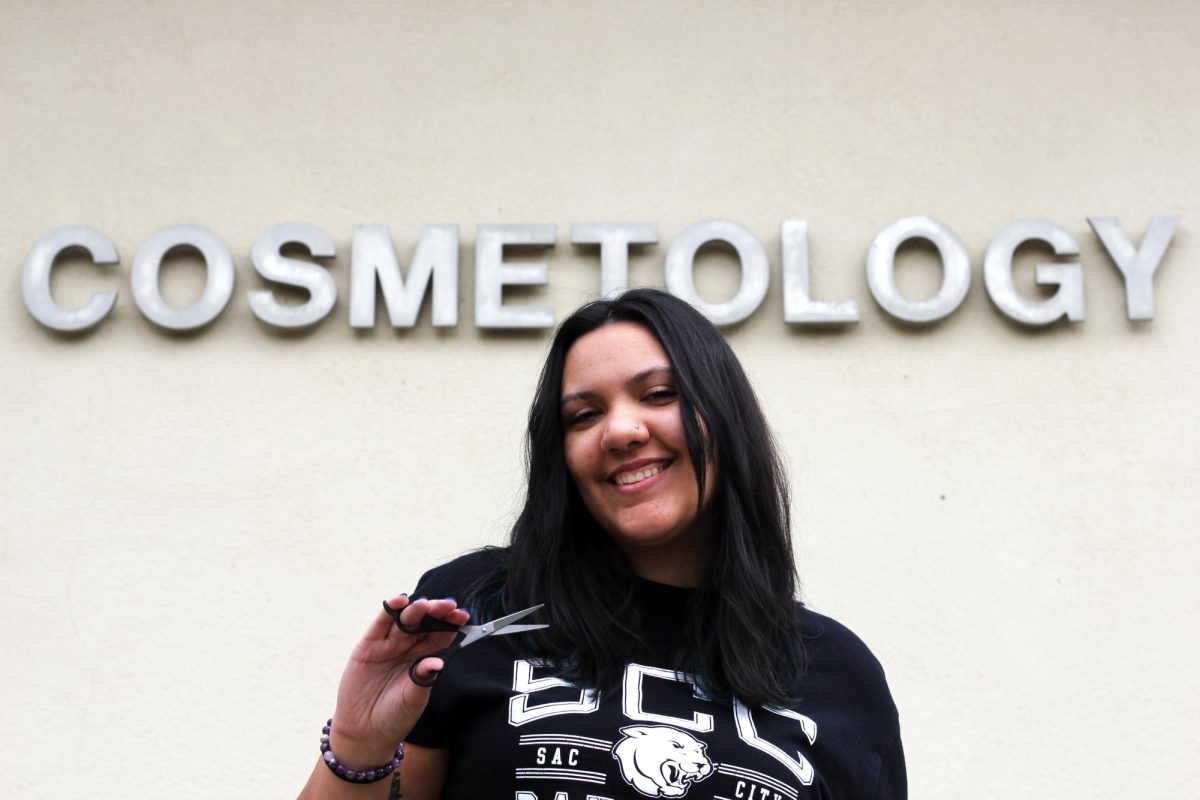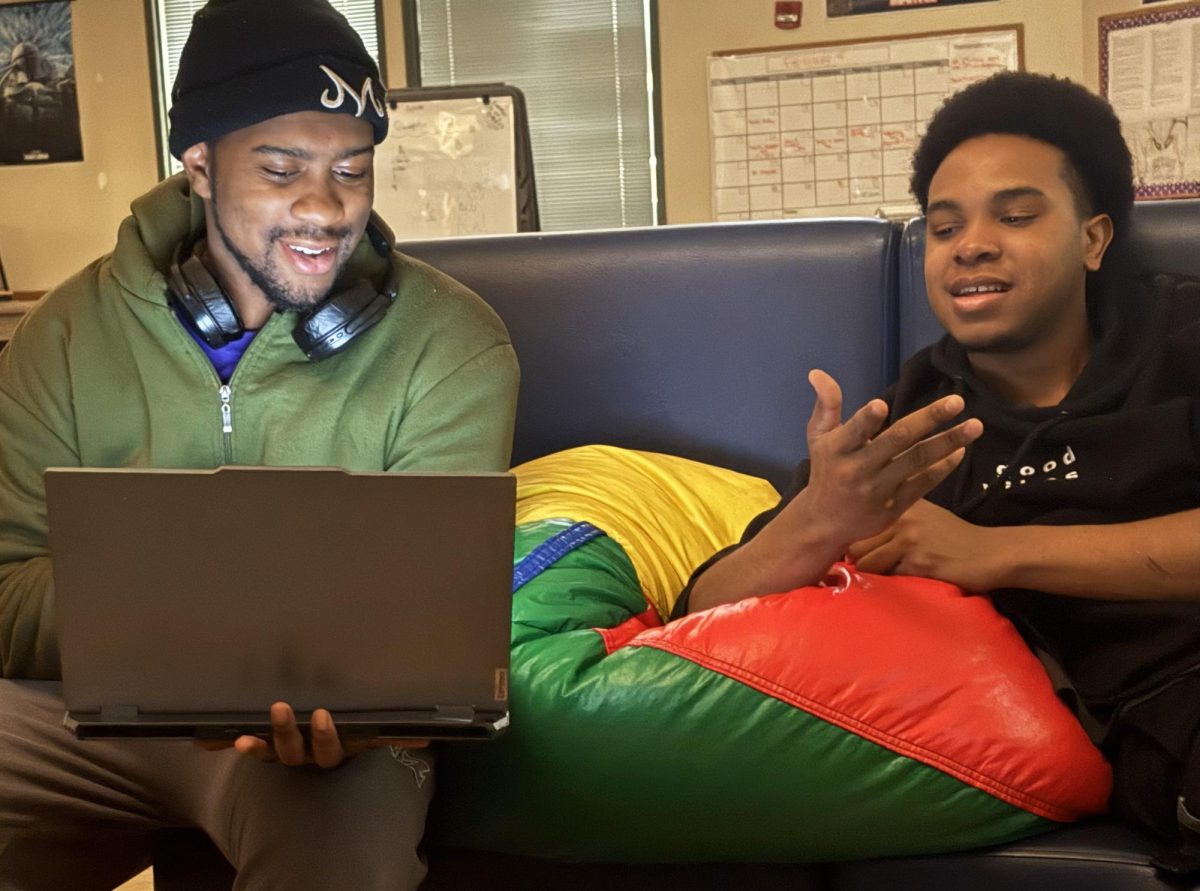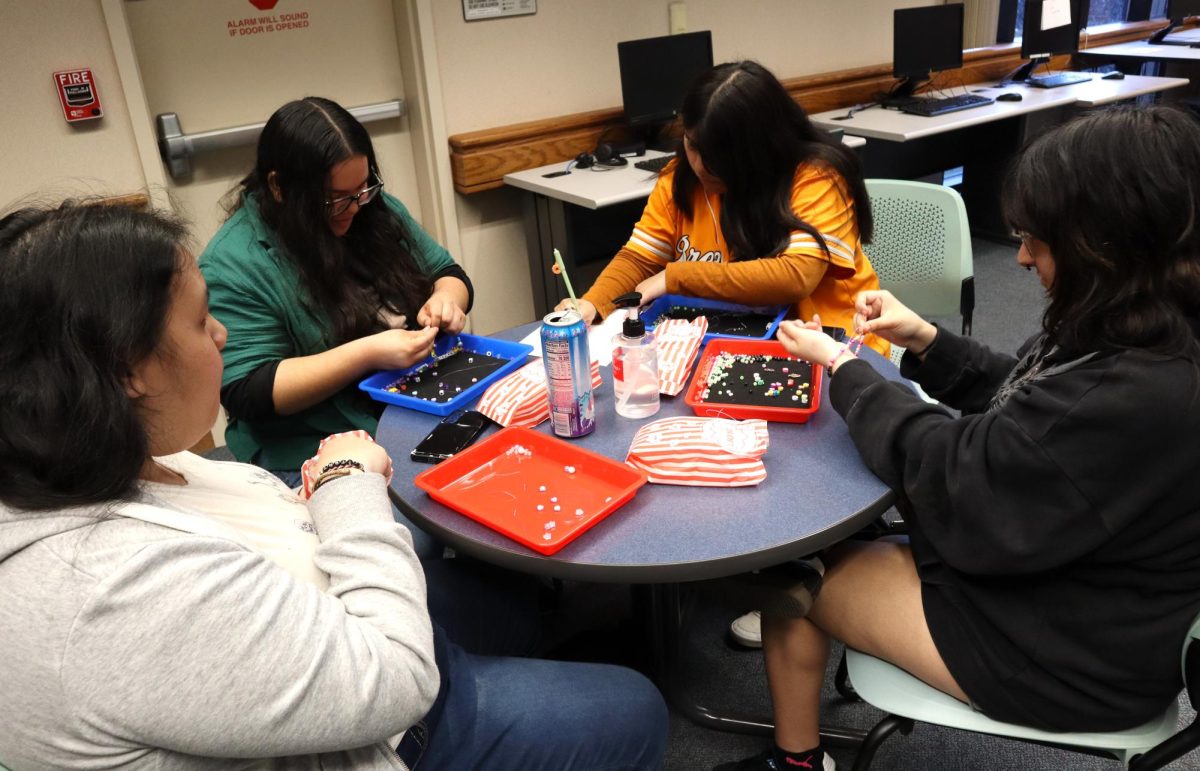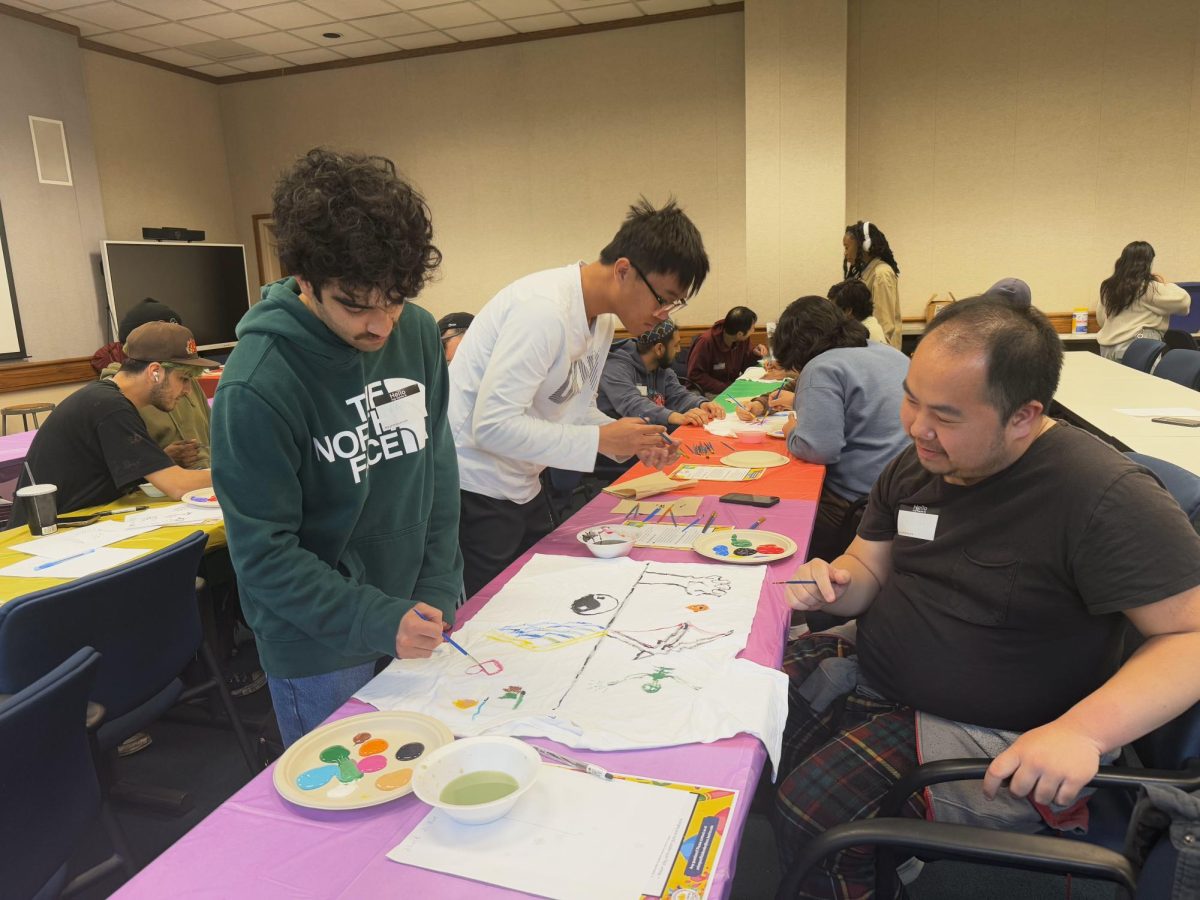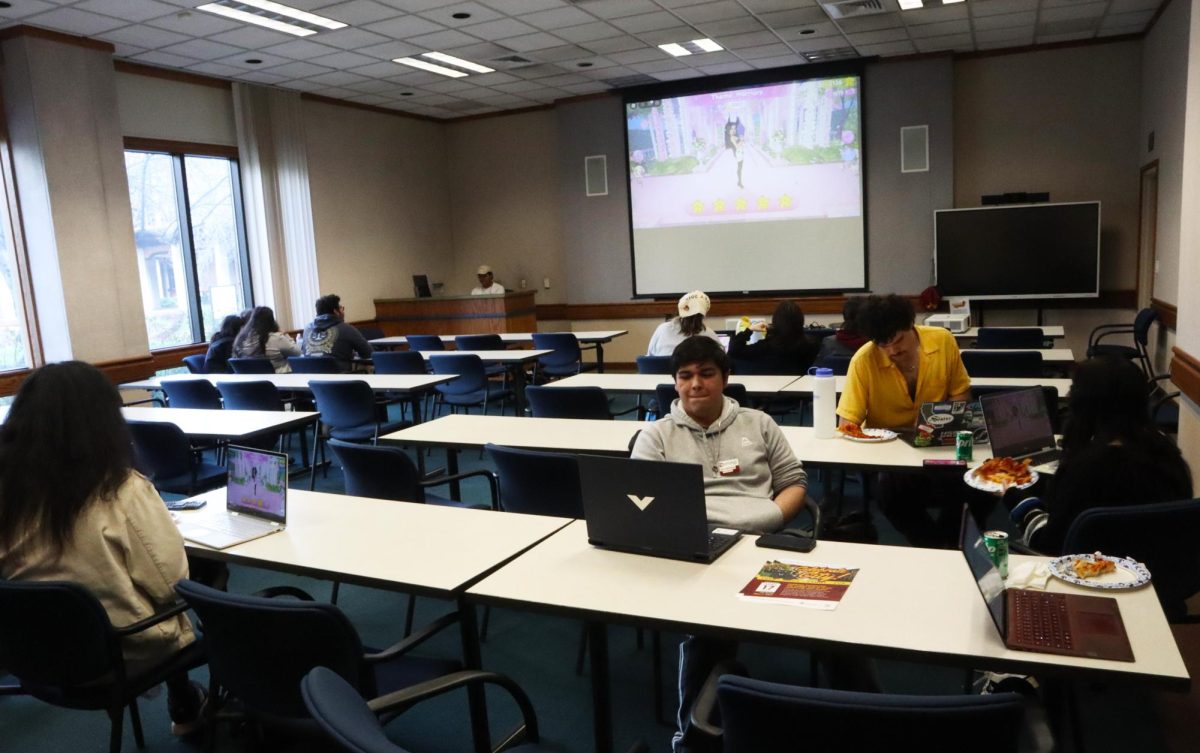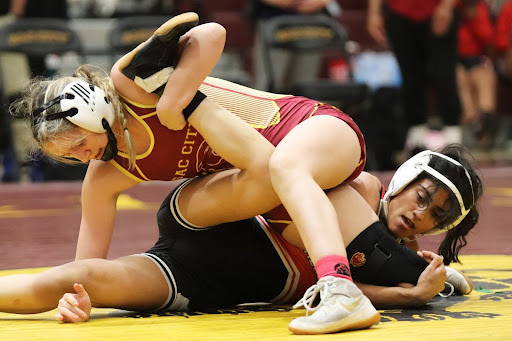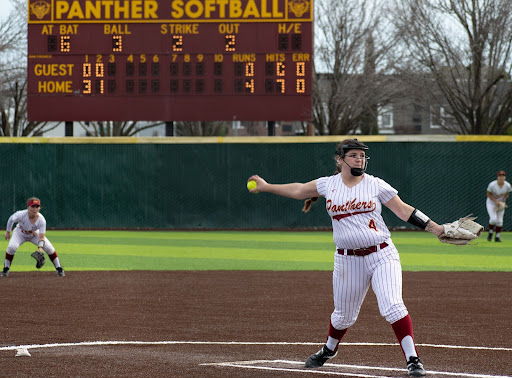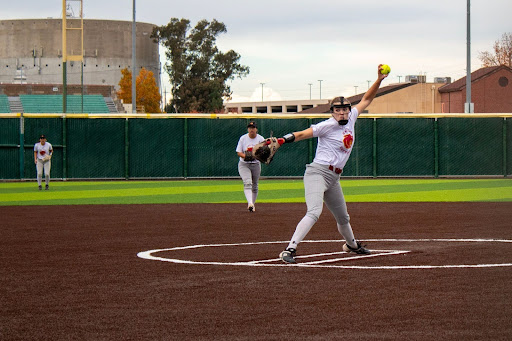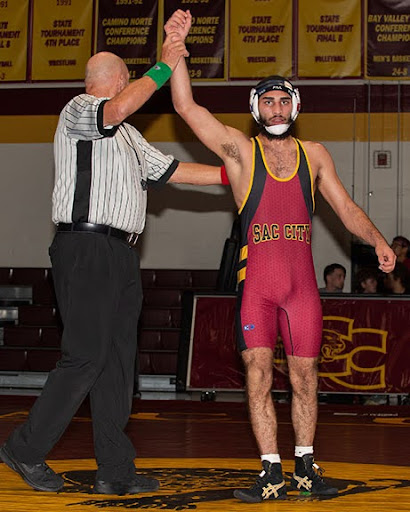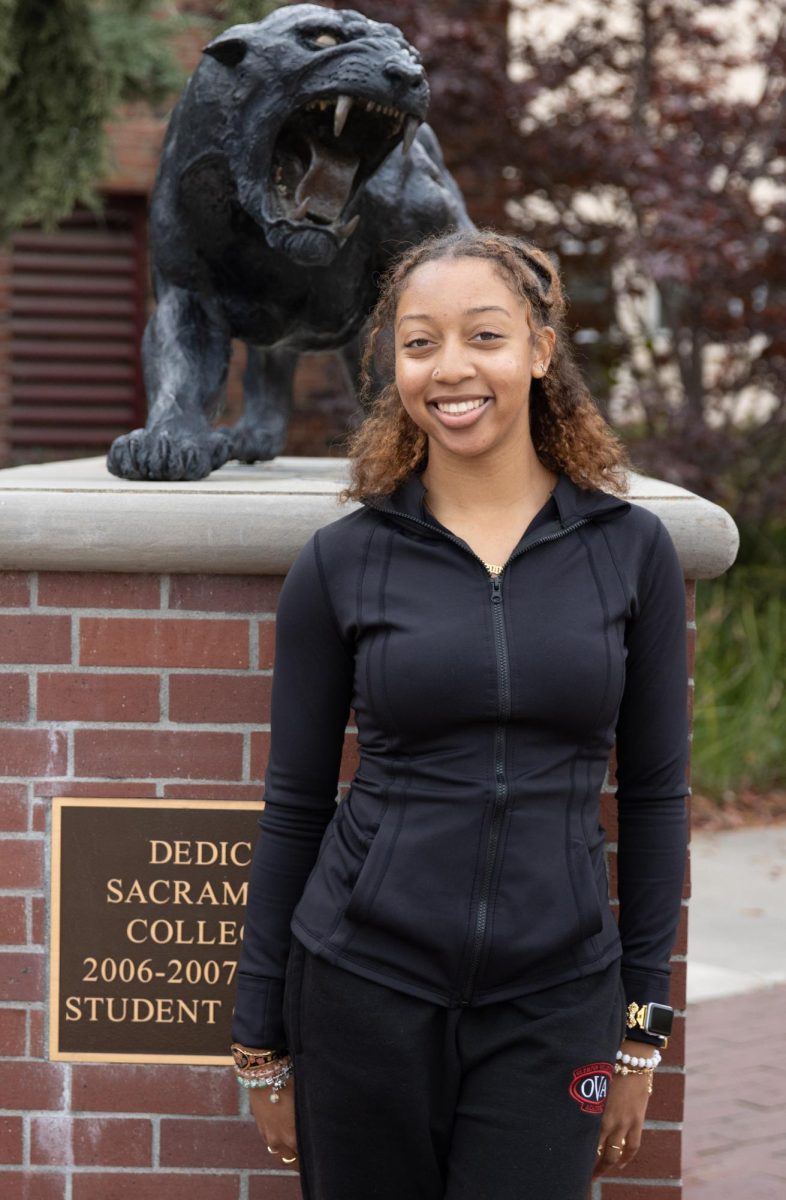
City College Assistant Athletic Director Paul Carmazzi sits in his office at Hughes Stadium (built for football) and recalls how a group of people volunteered their time, money, material and manpower to build Union Stadium (built for baseball) in 1987. He points out one specific example of how the City College baseball players worked hard on field preparations while still having to focus on playing baseball.
“We spent a lot of time with our team working on the stadium,” said Carmazzi. “At times we would cancel baseball prac- tice and just have the players working and digging trenches for the field — we were really distracted.”
Some of the country’s most iconic college baseball stadiums are found in the southern portion of the United States. They include Founders Park at the University of South Carolina, Alex Box Stadium at Louisiana State University, and UFCU Disch-Falk Field at the University of Texas. But Sacramento has a dazzling diamond with a rich history of its own. Union Stadium nestles on City College campus and, according Carmazzi, it’s second to none in the state.
“It’s a great facility to go and watch a baseball game,” said Carmazzi. “At the time it was built, very few colleges in the state could compare to it.”
Union Stadium has been home to the City College baseball team since 1973. The original site was a mere shell of what the stadium has become. Originally it consisted of a backstop and fenced-off dugouts, and it didn’t even have a wall around the outfield.
Before City College students were able to hear the ping of aluminum bats as the players belted baseballs during batting practice and the popping sound leather makes when a baseball hits the pocket of a baseball glove, City College played home games at the William Land baseball diamonds. After the baseball team started playing games on campus, however, the Panthers didn’t completely abandon the Land Park diamonds. According to City College baseball head coach Derek Sullivan, the tradition continues today.
The baseball field at City College hasn’t always gone by the moniker of Union Stadium. It has gone through a few name changes since its inception.
“In 1979 the baseball diamond at City College was dedicated to Harry ‘Hack’ Applequist,” said City College Archivist Caroline Harker.
Applequist, a coach at City College in the 1920s, later served as the school’s athletic director during World War II. At that tumultuous time, Applequist made the difficult decision to suspend all sports at City College until the war ended.
Sacramento is a city that is very passionate about its sports. The City of Trees refused to let its only major league sports team leave because of arena issues — residents banded together to get a new arena built. This wasn’t the first time the community had come together to help get a sports complex built. Over spring break in 1987, a major million-dollar overhaul of Applequist Field was set into motion.
“It was an endeavor that we took on that was pretty monumental, really,” said Carmazzi.
The athletic division planned to turn the field into an actual ADA-compliant stadium with a new backstop, bleachers for 1,000 spectators, locker rooms for home and visit- ing teams and umpire locker rooms.
However, he said, the monetary back- ing for such a large project was not readily available. City College had to rely heavily on donations, and fundraising was very difficult, according to Carmazzi. So the baseball program looked into other options for help.
“We kind of went in a different direction,” said Carmazzi. “We actually went and got the support of the local unions to get involved.”
Two major league sports teams had a hand in supplying some of the materials that went into the construction of Union Stadium. According to Carmazzi, former Sacramento Kings owner Greg Lukenbill ordered extra steel during the construction of Arco Arena II and donated what was left over to City College.
According to a bill of sale from 1987 found in the City College archives, the school bought 1,000 bench seats from
the King County Department of Stadium Administration for about $8,000. The seats came from the Kingdome in Seattle, which was, at the time, home of Major League Baseball’s Mariners. In 1999 the Kingdome was imploded to make room for Century Link Stadium, the current home of the Seattle Seahawks.
But there was still the matter of afford- able labor. Several unions, including local brick layers, steel workers, electricians and plumbers, gladly answered the call and donated their time and whatever materials they could. According to Carmazzi, the actual bricks on the stadium were donated to City College by a local company owned by Fred Anderson.
“What he allowed us to do was go to his yard and get the bricks that were left over from clients who didn’t use them,” said Carmazzi. “That’s why when vyou go to the stadium, all the bricks have these mismatched colors.”
Construction on the new City College baseball stadium was finished by the spring of 1988. Upon its completion, Applequist Field was rededicated as Union Stadium. This was an homage to those who helped accomplish the stadium’s completion.
“We wanted to name it Union Stadium because the unions really got it built for us,” said Carmazzi.
Union Stadium went through yet another change in 1999. The new additions accommodated a AA baseball team that wanted to use the stadium for home games. The Sacramento Steelheads struck a deal with the Los Rios Community College district to use Union Stadium, and in return, the team had a new lighting system installed.
According to the Express in May 1999, some local residents were not happy with the idea of a major sports team playing in the area. Nearby residents sued the district over concerns about the parking situation and amount of noise that would come with a major sporting event.
However, not all neighboring residents were against bringing the minor league team to City College.
“We just want baseball,” said Tammy Robertson in a May 1999 issue of the Express. “As far as riding all the way down to Oakland, it’s better to come right here and support Sacramento.”
The lawsuit was eventually dropped, and the Steelheads played their first game of the 1999 Western Baseball League season at Union Stadium May 28. That was the only season the Steelheads played at Union Stadium. The following year the team moved to its current home in Vacaville.
Today a memorial sits out in front of Union Stadium honoring all those who helped contribute to the construction of the Panthers home.
A portion of it reads, “special thanks must go to Bill Meehan of the Sacramento Building and Trades Council who, with his labor force from the unions and their material supplies, formed the key element in the success of the stadium project.”


